Menopause and Bladder Control Problems
Also called urinary incontinence, bladder control problems are a common complication of menopause. But there are many options available to treat them.
How Does Menopause Affect Bladder Control?
During and after the process of menopause, levels of the female hormone estrogen drop significantly. In addition to controlling your monthly periods and body changes during pregnancy, estrogen helps keep the bladder and the urethra healthy.
Lack of estrogen may also cause the pelvic muscles responsible for bladder control to weaken, resulting in urinary incontinence.
What Kind of Bladder Control Problems Can I Develop After Menopause?
Some of the bladder control problems which may develop because of menopause include:
- Stress incontinence. Pressure from coughing, sneezing, or lifting can push urine through the weakened muscle. This kind of leakage is called stress incontinence. It is one of the most common kinds of bladder control problems in older women.
- Urge incontinence. Urge incontinence is another very common bladder control problem. With this condition, the bladder muscles squeeze at the wrong time — or all the time — and cause leaks.
- Painful urination.
- Nocturia. Need to get out of bed to urinate several times a night.
What Else Can Cause Bladder Control Problems in Older Women?
Menopause may not be the only reason for bladder control problems. There are other medical conditions that can cause incontinence, including:
- Infections
- Previous pregnancies
- Nerve damage from diabetes or stroke
- Medications such as diuretics ("water pills"), tranquilizers
- Difficulty walking or moving
In addition, smoking cigarettes and drinking alcohol and/ or caffeine can contribute to a bladder control problem.
How Are Bladder Control Problems Diagnosed?
To diagnose a bladder control problem, your doctor will first obtain a detailed medical history and perform a physical exam, including a pelvic exam. Your urine will also be tested for signs of infection or other problems.
In addition, your doctor may recommend that you keep a voiding diary, recording your symptoms and the situations in which they occur. This may help narrow the cause of your problem, and aid in determining the best treatment.
What Treatments Are Available for Bladder Control Problems?
Treatment depends on the kind of bladder control problem you have. Your doctor may recommend some of the following lifestyle changes:
- Limiting caffeine consumption
- Strengthening pelvic muscles with Kegel exercises. These exercises strengthen your pelvic floor muscles. To do Kegel exercises, you squeeze and hold the pelvic muscles and then relax them. If you are unsure how to do Kegel exercises, ask your doctor for further instructions.
- Training the bladder to hold more urine
- Weight loss for obese women may result in improved bladder control.
If these simple treatments do not work, there are other options, including:
- Medication such as Detrol or Ditropan
- Biofeedback, which is a method of learning to voluntarily control certain body functions with the help of a special machine
- Electrical stimulation of pelvic muscles
- A device inserted in the vagina to hold up the bladder (pessary)
- A device inserted directly into the urethra to block leakage
- Surgery to lift a sagging bladder into a better position
Estrogen therapy is not FDA-approved for the treatment of incontinence but local estrogen therapy may help some women with bladder and vaginal symptoms.
What Doctor Do I See About My Bladder Control Problem?
Professionals who can help you with bladder control include:
- Your primary care doctor
- A gynecologist (a doctor who specializes in women’s health care)
- A urogynecologist (an expert in women’s bladder problems)
- A urologist (an expert in bladder problems)
- A nurse or midlevel provider such as a nurse practitioner or physician assistant
- A physical therapist



